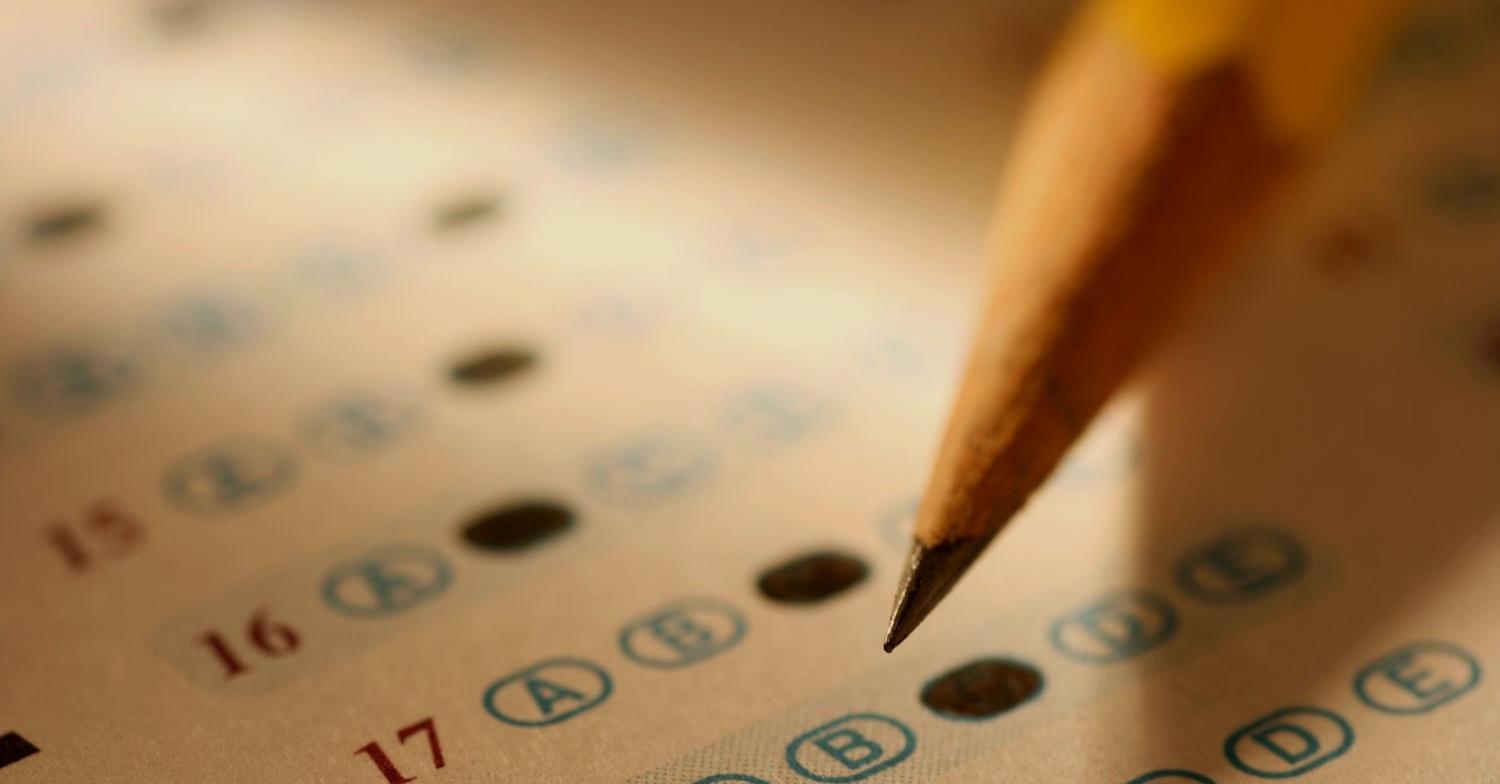Are you curious to know what is negative marking in NEET? You have come to the right place as I am going to tell you everything about negative marking in NEET in a very simple explanation. Without further discussion let’s begin to know what is negative marking in NEET?
The National Eligibility-cum-Entrance Test (NEET) is a highly competitive examination in India for students aspiring to pursue undergraduate medical and dental courses. To maintain the integrity and fairness of the exam, NEET incorporates a unique feature called “negative marking.” In this blog, we will explore what negative marking is in NEET, why it is implemented, and how students can navigate this aspect of the examination.
What Is Negative Marking In NEET?
Negative marking is a scoring system used in NEET to penalize students for incorrect answers. For each incorrect response, a fraction of a mark is deducted from the total score. This practice discourages random guessing and encourages students to answer questions they are confident about while leaving those they are uncertain about unanswered.
How Does Negative Marking Work In NEET?
In NEET, the following scoring system is employed:
- For each correct answer, candidates are awarded +4 marks.
- For each incorrect answer, one mark is deducted (-1).
- Unanswered questions receive neither positive nor negative marks, meaning there is no penalty for questions left blank.
The primary goal of negative marking in NEET is to evaluate a student’s knowledge accurately and deter the guessing of answers based on chance.
Why Is Negative Marking Implemented In NEET?
- Prevention of Guesswork: NEET is a highly competitive examination, and the stakes are significant. Without negative marking, students might be tempted to guess randomly when they don’t know the correct answer. Negative marking discourages this behavior and encourages thoughtful responses.
- Accuracy of Evaluation: Negative marking ensures that the final scores reflect a candidate’s true knowledge and understanding of the subjects. It reduces the possibility of students gaining an unfair advantage through guesswork.
- Test of Precision: Medical and dental fields require precision, and a single incorrect answer can have severe consequences. Negative marking encourages students to be cautious and precise in their responses.
You can collect more information on Getdailytech.
How To Deal With Negative Marking In NEET?
Dealing with negative marking in NEET requires a strategic approach:
- Thorough Preparation: The best way to avoid negative marking is to be well-prepared. Study the syllabus comprehensively and practice extensively to boost your confidence.
- Time Management: During the exam, allocate a specific amount of time to each section or subject. Avoid rushing through questions, which can lead to errors.
- Selective Guessing: If you’re unsure about an answer but can eliminate one or more options as incorrect, it might be worth taking an educated guess. However, avoid random guessing.
- Use of the Marking Scheme: Familiarize yourself with the NEET marking scheme. Knowing how much will be deducted for incorrect answers can help you make informed decisions.
- Maintain Calm: Stay calm and focused during the exam. Anxiety can lead to errors. If you come across a challenging question, move on and return to it later if time permits.
Conclusion
Negative marking is a crucial feature of the NEET examination. While it can seem daunting, it is designed to ensure fairness and precision in evaluating candidates. By preparing thoroughly, managing your time effectively, and using a systematic approach to answering questions, you can navigate negative marking and increase your chances of success in NEET. Remember, NEET is not just about knowing the right answers; it’s also about avoiding the wrong ones.
FAQ
What Is The Rule Of Negative Marking In NEET?
Yes, the NEET examination pattern suggests that there will be negative marking. For every incorrect answer, one mark will be deducted and 4 marks will be awarded for every correct answer. However, negative marking will not be applicable for the unattempted or extra attempted questions.
What Is The Meaning Of 1 Negative Marking?
Negative marking occurs when a candidate marks the wrong answer in the question and 0.25 marks are deducted from the total score of the candidate for every wrong answer. So, for every 4 wrong answers, the candidate loses 1 mark.
How Is Negative Marking Calculated?
Each incorrect answer carries a negative marking of o. 33%, which means for every wrong answer 0.66 marks will be deducted. Therefore, in the above example if 25 questions were answered incorrectly then the negative marking for 25 incorrect answers would be 25 x 0.66 = 16.5.
What Is The Meaning Of 1 3 Negative Marking?
What is the meaning of 1/3 Negative Marking in UPSC? The ⅓ negative marking in UPSC means that for every wrong answer, ⅓ of the total marks of that question will be deducted. For example, if the question carries 2 marks, then ⅓ of it, that is 0.66 marks, will be deducted if the answer is wrong.
I Have Covered All The Following Queries And Topics In The Above Article
What Is The Negative Marking In NEET
What Is Negative Marking In NEET Exam
What Is Negative Marking In NEET Quora
Is There Negative Marking In NEET 2023
How To Avoid Negative Marking In NEET
How Many Questions Are There In NEET
Is There Negative Marking In NEET Pg
Passing Marks In NEET
Negative Marking In Jee
NEET Marking Scheme
What Is Negative Marking In NEET
Is negative marking in NEET 1 or 5










